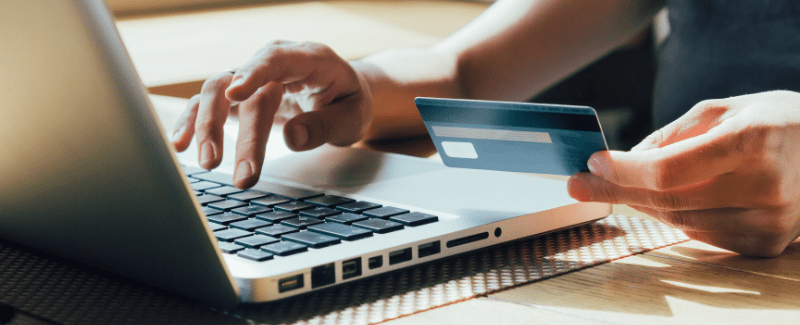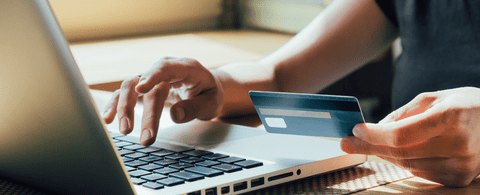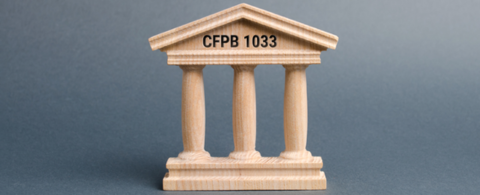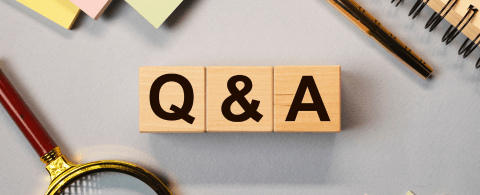Busting 5 Common EBPP Myths
Posted by Aliya Sumar, Tiffany Taylor and Alison Arthur on 08 Mar 2023


Electronic bill presentment and payments (EBPP) is a wide-reaching discipline that encompasses everything from mobile-enabled bill payments to funding methods like debit cards, credit cards, and ACH. With so many moving parts, it’s easy for myths to develop about the basics of EBPP.
Here we’ll bust five common EBPP myths to help create a better understanding of how it all works.
Myth 1: Mobile devices are the go-to way to make electronic bill payments
There’s no denying that Americans love their smartphones, with almost 84% of the population owning one. And tablets aren’t far behind, with an ownership rate of 63%. But an analysis of bill payments made via Alacriti’s EBPP solution, Orbipay EBPP, shows that most users are still making their bill payments on desktop computers.
While mobile bill payments made a huge jump this last year (mobile payments represent 35% of Orbipay payments-up from 32% in 2021), desktops were still used for 63% of total transactions by the end of 2022.
Myth 2: Electronic bill payments must be made on desktop computers and mobile devices
Despite the heavy use of desktop computers and mobile devices, they’re no longer the only way to make electronic bill payments. The explosion of chatbots powered by artificial intelligence is making voice payments easy and more accessible than ever. EBPP solutions can now empower users to make payments using smart home speakers like Amazon Alexa and Google Home. A simple spoken command like, “Alexa, pay my auto loan bill,” can trigger an on-demand, user-friendly payment experience that requires no screen time at all.
Myth 3: Mobile bill payments must be made in browsers or dedicated apps
Mobile bill payments no longer require visiting the biller’s website or downloading the biller’s app. EBPP solutions can now enable users to make payments directly through the text messaging platforms they use most. In addition, some EBPP solutions can accept bill payments by leveraging chatbot technology in commonly used apps like Facebook Messenger. Pay-by-Text and Facebook Messenger can deliver bill payments to interfaces that customers are using anyway, eliminating yet another barrier to making on-time bill payments.
Myth 4: People prefer using plastic for electronic bill payments
Considering that 83% of Americans own at least one credit card, it’s natural to assume that cards are used most frequently for electronic bill payments. Despite their popularity, data shows that bill payments made via bank accounts (ACH) are still king, with ACH funding 4.6 billion payments valued at 19.2 trillion during the 3rd quarter of 2022. This reflects an increase of 4.2-6% from the prior year. However, debit cards have a strong foothold as well, representing 16.37 billion in payments.
Myth 5: Electronic bill payments are made most often on nights and weekends
Our 2022 analysis shows that users like to make their bill payments on weekdays, with Tuesday and Friday being the most popular days of all. One-Time payments (payments that did not use pre-configured AutoPay or Recurring schedules) were made most often on Fridays between 11:00 am and 12:00 pm ET.
The Bottom Line: There are common myths around EBPP that can prevent businesses from providing the most user-friendly experience to their customers. Get the facts by working with an EBPP solution provider that can help bust these myths and deliver the experience that your customers are looking for.
Read more on EBPP and how it’s benefited credit unions in our success stories.
*This is an update on an original post published December 2018
Today’s legacy and siloed banking technology infrastructure limit financial institutions’ ability to rapidly innovate. It’s time to look at money movement in a new way. Alacriti’s Orbipay Unified Money Movement Services does just that. Whether it’s real-time payments, digital disbursements, or bill pay, our cloud-based platform enables banks and credit unions to quickly and seamlessly deliver modern digital payments and money movement experiences. To speak to an Alacriti payments expert, please call us at (908) 791-2916 or email info@alacriti.com.
Schedule A Personalized Demo
Schedule a Free Consultation







